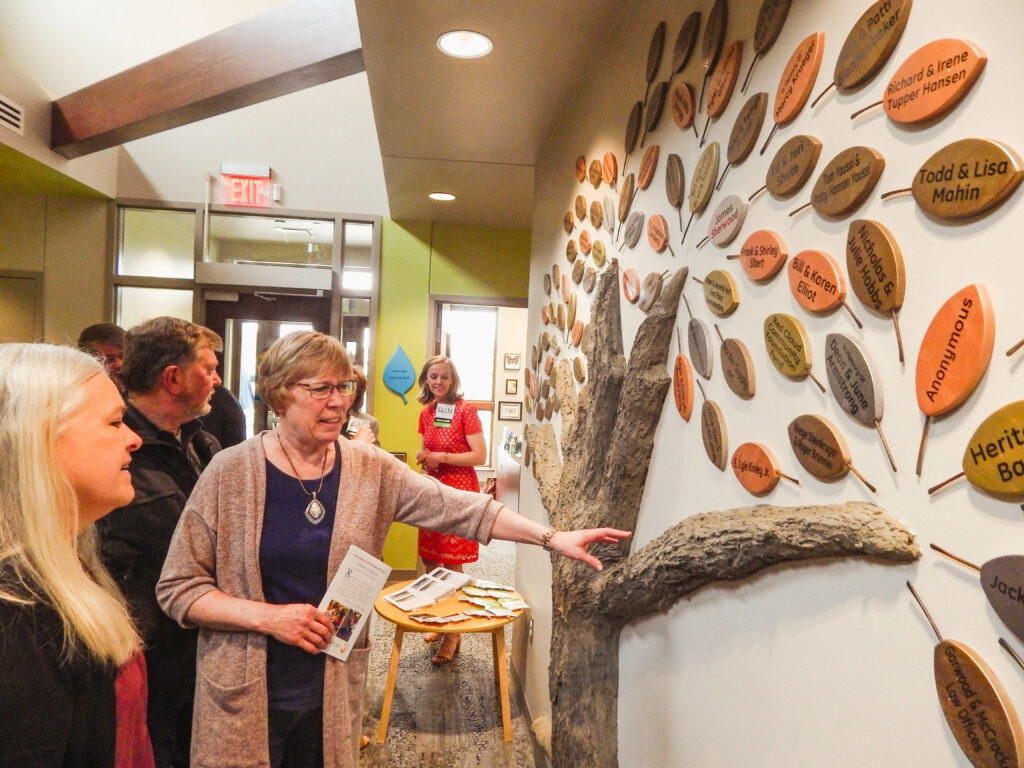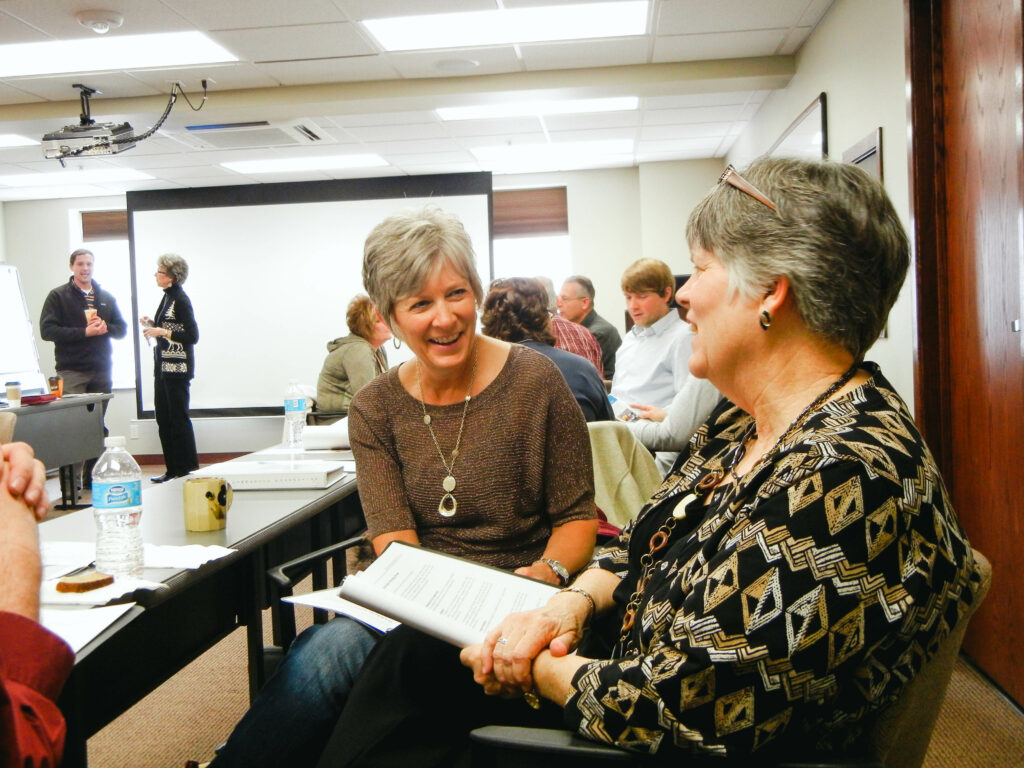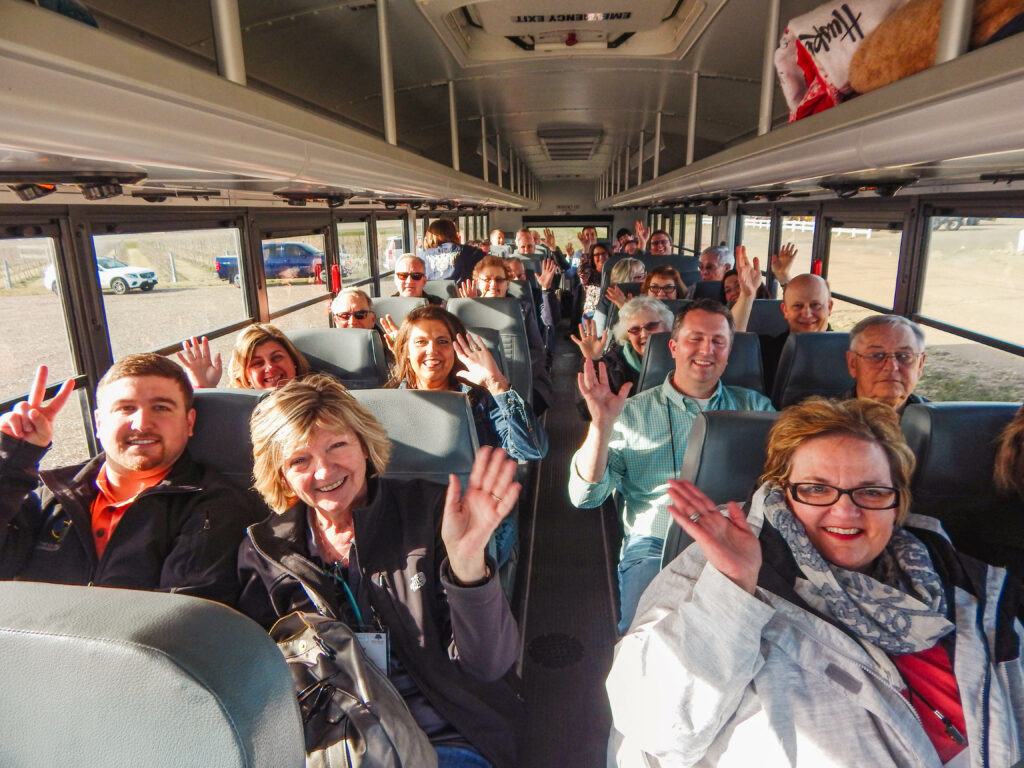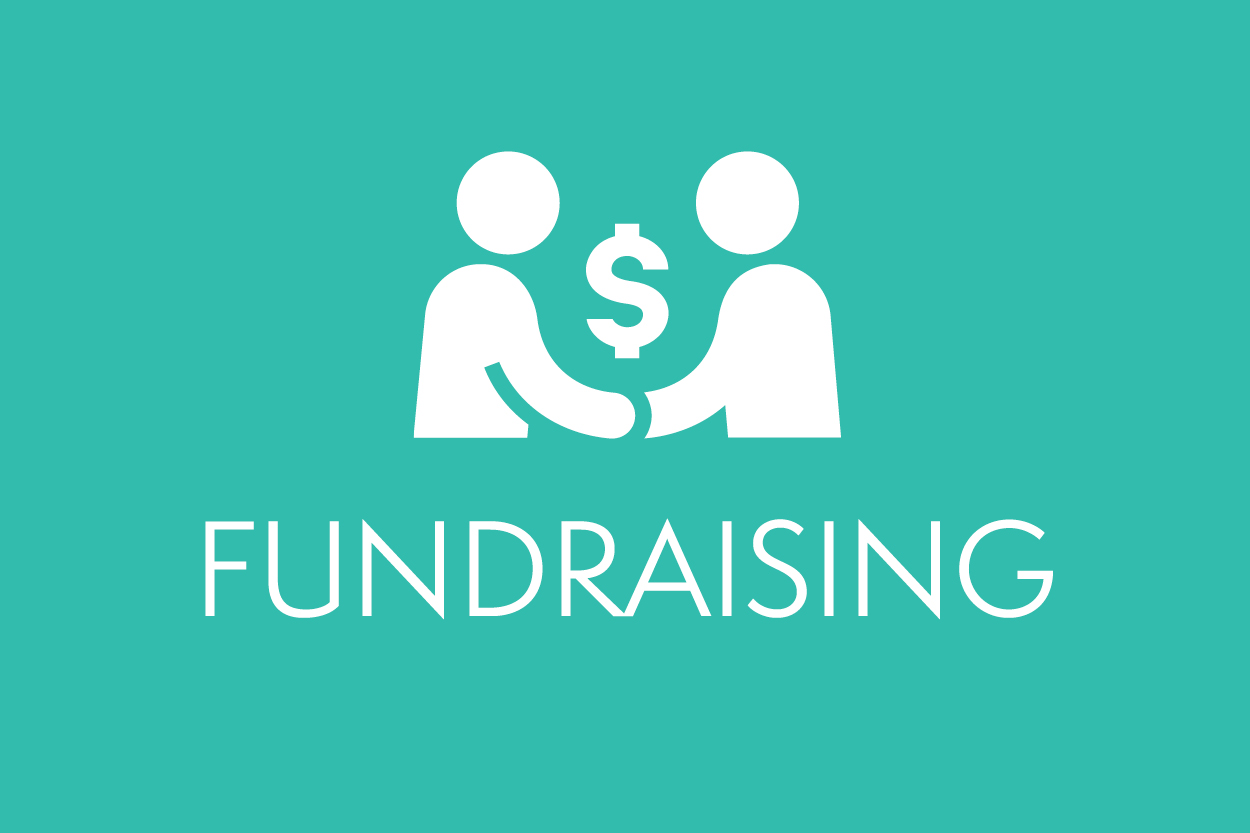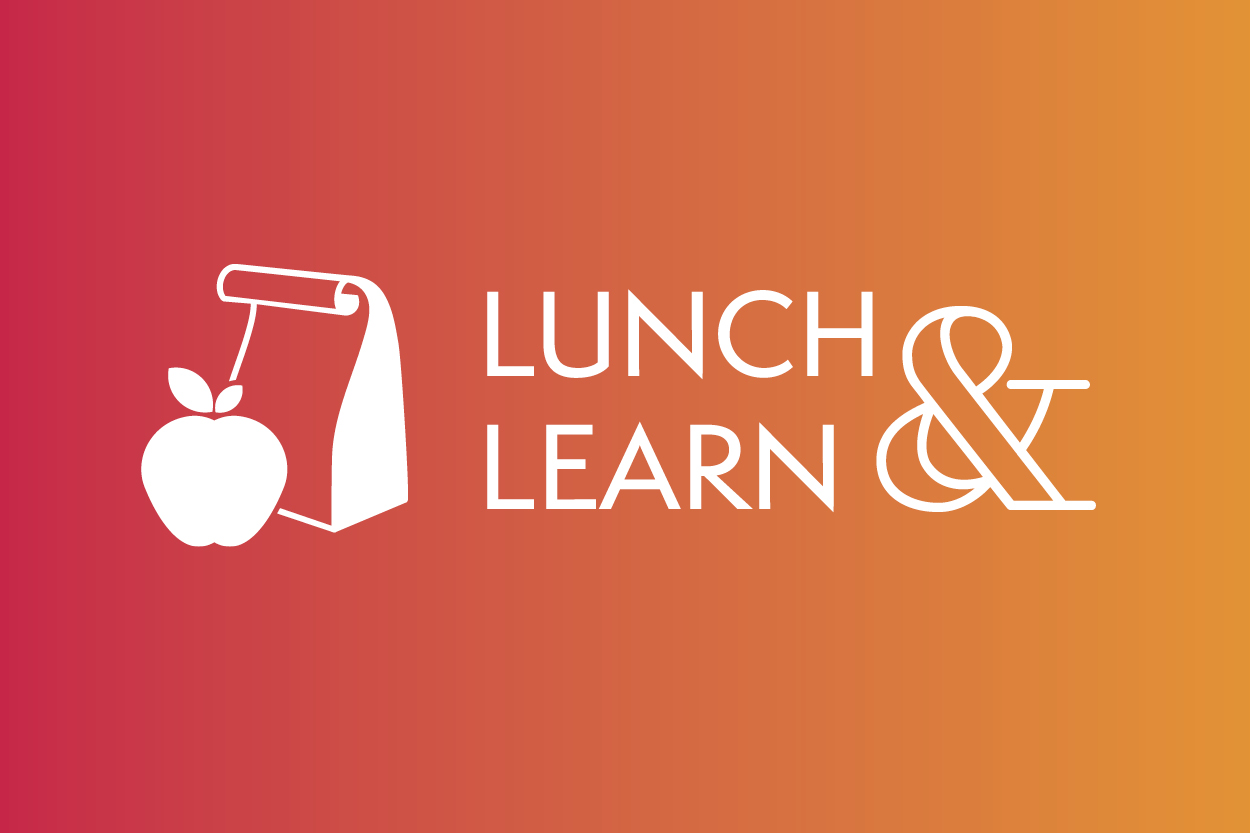If you want to understand about what motivates potential donors, look at their offices. If the walls are covered with awards, diplomas, and plaques, these donors are likely motivated by their “external self-concept.” Simply put, they like to be recognized for their donations and their time. Be sure to thank them and recognize them – time and again.
Twenty years ago, researchers Nancy Leonard, Laura Beauvais, and Richard Scholl identified five sources of motivation used to predict behavior in the workplace. The scale they created – the Motivation Sources Inventory – still applies today and may be helpful as your Fund seeks potential donors in your community.
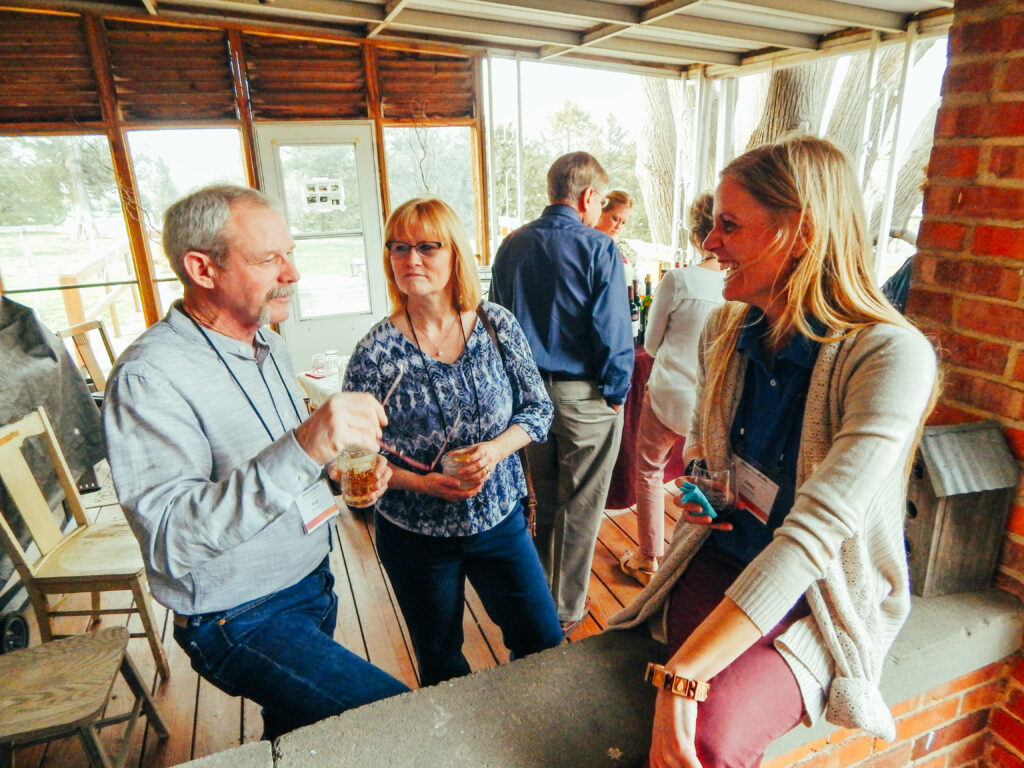
Donors motivated by Intrinsic Process like to be in the mix
These donors support organizations because they enjoy the experience and the people involved. They will ask for tasks and often stick around once a meeting is finished. The key for these donors is to make their experience enjoyable and include time for socialization. Be sure to:
- Focus on the positive outcomes created by their support and effort.
- Make sure donor calls include time for conversation and socialization. Don’t forget to celebrate successes.
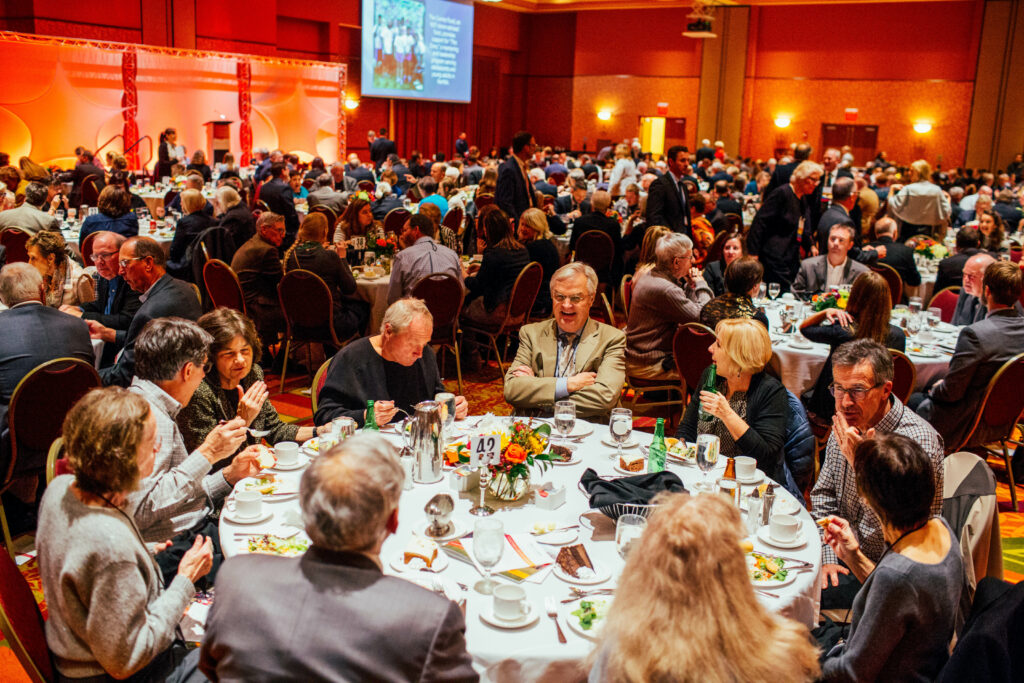
Donors motivated by Extrinsic/Instrumental Rewards enjoy the fruits of their labor
Donors who fall into this category appreciate receiving perks for their support and time. They may even hint at it. Keep them engaged and keep them involved. Listen carefully to the comments they make and the questions they ask for suggestions about how they would like to be rewarded. Be sure to:
- Mention gift clubs and legacy groups for donors. List types of recognition for them and their businesses.
- Recognize these donors for going beyond the expected. Offer an informal incentive, such as “Can I take you to lunch to thank you for all your extra work?” Or, “I’d like to give you an NCF shirt as a thank you for furthering our mission.”
Donors motivated by External Self-Concept like to see everyone win
These are the donors with little room left on their office walls. Keep in mind that public recognition may entice them to work harder or give more. Don’t hesitate to ask them how they’d like to be recognized for their support. They’ll likely tell you. Be sure to:
- Ask them for a lead gift. Donors who are motivated by opportunities to make lead gifts often can be encouraged to get others to follow. If the opportunity for a lead gift has passed, ask them for the closing gift – and recognize them publicly for helping reach your fundraising goal.
- Donors who thrive on public recognition should be featured in your newsletter, annual report, or other communication materials.
Donors motivated by Internal Self-Concept enjoy working behind the scenes
Donors motivated by this source seek neither rewards nor recognition. They avoid the limelight. They believe in the mission and that’s enough to motivate them. Be sure to thank them for their efforts – but in a personal way. Offer them behind-the-scenes opportunities to be involved. Be aware that:
- While donors motivated by this source may decline a request to lead a group or task force, they’ll likely accept a challenge to contact additional prospects or sell additional sponsorships.
- They will ask others for support and then also give theirs, but they’ll do this on their own terms and in a non-public way.
Donors motivated by Goal Internalization are all in
This motivation source stands alone because self-interest has been removed. No need to offer recognition, rewards, or a personal challenge. Donors who fit this category believe in the cause – and that’s enough for their support and their time. Be aware that:
- Concern that a fundraising goal may not be met will add to their motivation to assist.
- Donors thrive on the mission so be sure to communicate regularly with them. Take them into confidence about progress toward a project goal. Ask their advice. They’ll give it and be thrilled to be asked.
Not sure what motivates your donor? It’s okay to ask! Here are a couple questions to break the ice:
- “You give so generously to our Fund. What about this work resonates most with you?”
- “We want to thank you for all you do for our community in the way that would make you feel most appreciated – what might that be?”

